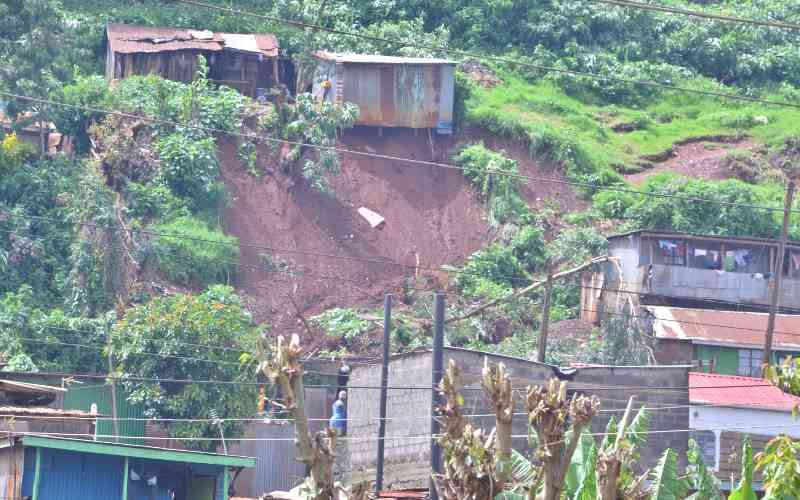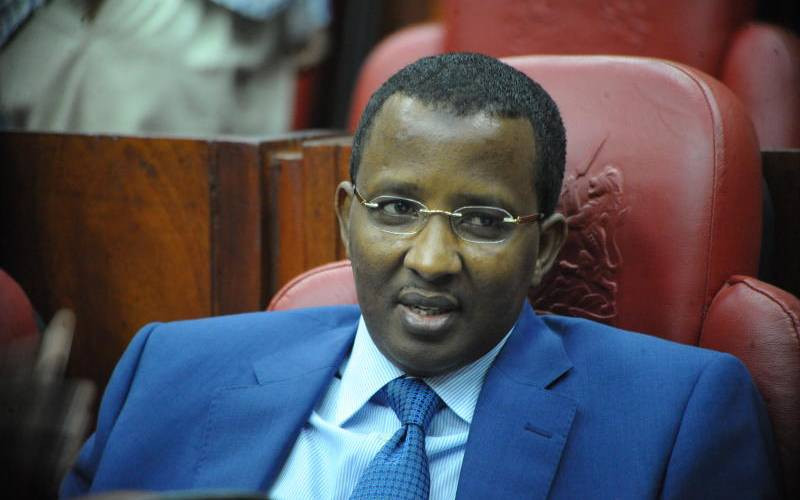By Moses Michira
Kenya: Bamburi Cement has announced a dividend of Sh9 despite a sharp drop in its profitability.
In the financial results announced yesterday, the firm’s net profit dipped by 22 per cent to Sh3.6 billion, but its earnings were boosted by ‘other income’.
Bamburi’s directors have proposed to pay out almost the entire income as dividends, where the shareholders of the region’s largest cement maker will take home a total of Sh3.99 billion.
Hussein Mansi, the company’s managing director, attributed the decline in profits to a contraction in the construction segment in the countries the company operates in.
“In Kenya, the domestic market contracted in the first half, but rebounded in the second half while the infrastructure segment where the Group provides the highest product specification standard contracted as well,” Mr Mansi said in a statement.
He explained further that the political upheavals in the Central African region had greatly affected its Uganda operations.
Mansi disclosed that the profit margins in the cement business had also been depressed, due to competition from the ever-rising number of new cement millers in the various markets.
“The group’s turnover decreased by Sh3.6 billion to Sh33.9 billion mainly due to lower revenues in Uganda as a result of significant reduction of exports to inland Africa markets,” he explains.
In Kenya where Bamburi has its biggest operations, three new firms have set up operations in the last four years, a factor that could explain the depressed profit margins.
Indeed, Bamburi’s dominance in the local market has been challenged by new entrants in Savannah and Simba Cement, pushing cement prices to decade-long lows.
Planned Euro Bond
The two firms together with ARM have also eaten into its market share that at one time exceeded 67 per cent to about 40 per cent now.
Mansi is optimistic that the planned issuance of the $2 billion Euro Bond by the Kenya Government would improve the Government’s liquidity and spur infrastructure development. This, he said, is expected which would increase the demand for the commodity.
Official statistics indicate that Kenya produced 4.8 million MT of cement, compared to 4.6 million in 2012. On the other hand, consumption grew marginally to 3.95 million MT.
Stay informed. Subscribe to our newsletter
Mansi anticipates that consumption may go up in 2014 should interest rates decline.
“Reduction of the Government domestic borrowing could see a further reduction in interest rates that should stimulate private sector led housing development”
 The Standard Group Plc is a
multi-media organization with investments in media platforms spanning newspaper
print operations, television, radio broadcasting, digital and online services. The
Standard Group is recognized as a leading multi-media house in Kenya with a key
influence in matters of national and international interest.
The Standard Group Plc is a
multi-media organization with investments in media platforms spanning newspaper
print operations, television, radio broadcasting, digital and online services. The
Standard Group is recognized as a leading multi-media house in Kenya with a key
influence in matters of national and international interest.
 The Standard Group Plc is a
multi-media organization with investments in media platforms spanning newspaper
print operations, television, radio broadcasting, digital and online services. The
Standard Group is recognized as a leading multi-media house in Kenya with a key
influence in matters of national and international interest.
The Standard Group Plc is a
multi-media organization with investments in media platforms spanning newspaper
print operations, television, radio broadcasting, digital and online services. The
Standard Group is recognized as a leading multi-media house in Kenya with a key
influence in matters of national and international interest.








